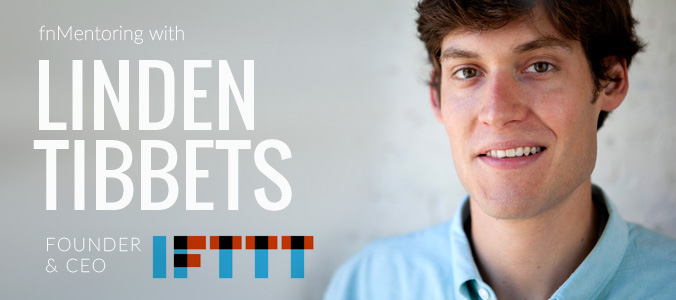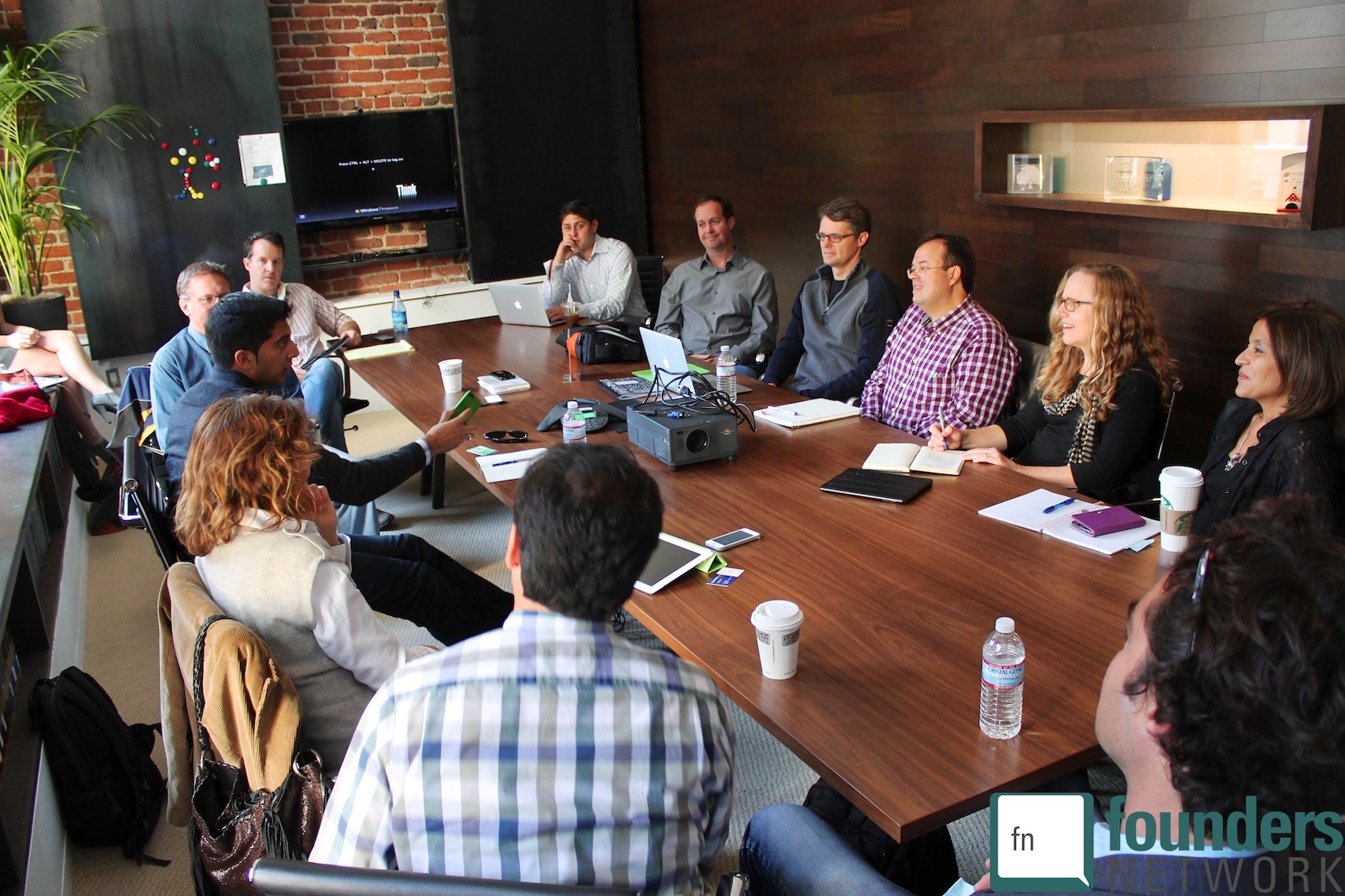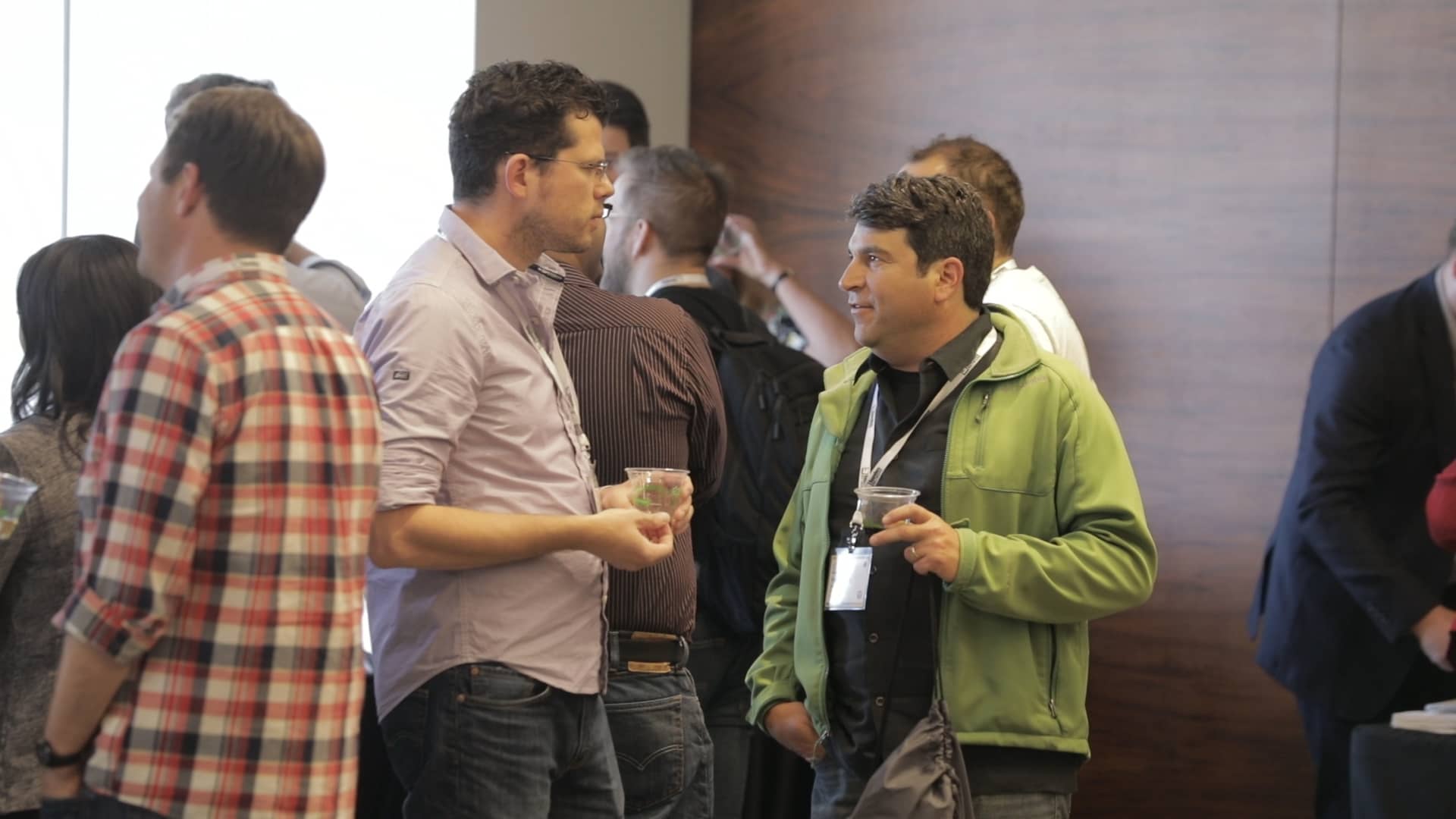
The following is a guest post from Founders Edge Contributor Will Bunker, Match.com Founder, Founding Partner at GrowthX Academy, & Partner at Silicon Valley Growth Syndicate.
Most money, least work. The principle is universal, the answers are different. As an outsider, I don’t know your inputs and cannot predict your payoffs, but I can say with confidence that if you apply the framework of efficiency to your own business, you will see the most growth, in the least amount of time.
Most money, least work. As an entrepreneur, that needs to be your guiding principle for growth, no matter where you are in the world.
A few weeks ago, I had the opportunity to head down to San Jose, Costa Rica with my son for a week and a half of exploration, adventure, and Coding in Paradise. As a VC, I was excited for the chance to meet with some of the local entrepreneurs and learn about the struggles that they personally faced as founders in their country. That was how, a few days after arriving, I found myself brainstorming at a whiteboard with one of the country’s more successful startup teams.
With twenty five employees and strong monthly revenue, the company was growing quickly — but they were approaching a crossroads with hundreds of options. Which projects should they take on next? Where should they focus? Like most young companies, they were bootstrapping. Their office was — literally — located in the home of the founder’s mother, who generously built a wall across her compound for them.
It didn’t matter that they were in an entirely different entrepreneurial eco-system than most of my advisees; the takeaway was the same. To get to the next level, they had to figure out how to prioritize which projects to work on without people feeling ignored or slighted. Here’s how we did it:
- We had all members of the team write out their projects.
- We then wrote out the inputs to each project, along with the amount of time to get a return on each.
- We wrote out the expected payoff for each.
- Then, we compared.
By stacking each project against each other, we were able to clearly see where we could be the most efficient — that is, make the most money with the least amount of work. For this particular company, at the volume they were currently at, it was clear that they wouldn’t make much money on projects like putting two months of engineering into reducing onboarding. That’s not to say that those projects wouldn’t be important down the road, but they weren’t at this time, and therein lies the secret to startup success: knowing what to focus on, when.
Overall, we had a great jam session. The whole thing had a fun feel to it and really spurred tremendously useful conversation about which projects to pay attention to in the short term. For me, it made one thing very clear.
It doesn’t matter whether you are in Costa Rica or Silicon Valley, you can’t make a decision unless you consider the cost and future payoffs of each opportunity. You will always have limited resources — the trick is taking your limited resources, the hand that you’re dealt, and using it to grow faster than your competitors. It’s all about efficiency: most money, least work.





